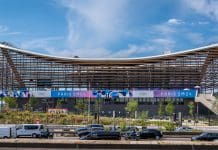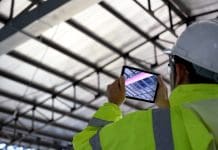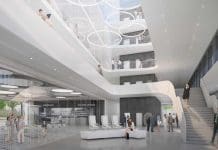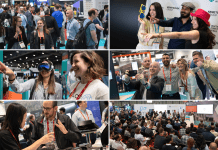John Evans, BIM Manager at Lawray Architects discusses the firm’s journey of incorporating BIM into day-to-day operations and the benefits it has created
Lawray Architects began BIM in 2012. Since then we have undergone substantial change management at all levels, whilst continuing to deliver high-quality projects for our clients. Here are some of the things we have done:
We fully integrate BIM with the 1192 series of British Standards. These form the foundation for all our BIM working methodologies and structures. In parallel with 1192 are the RIBA Plan of Work, CIC BIM Protocol, AEC (UK) BIM Protocol, AIA Levels of Definition and Levels of Detail, Uniclass, IFC and COBie deliverables, all wrapped up in a 1192 Common Data Environment (CDE) standard folder structure and file naming convention. BIM is included in our ISO9001 QA accreditation processes and procedures. Alongside these we integrate ISO14001, ISO27001 and 1192 part 5 data security.
We have a CDM/H&S division providing Principal Designer consultancy services. This division is integrated into our architectural working processes. We incorporate Design Risk Registers and CDM symbolisation into Revit.
We use Autodesk Revit in the main. Legacy projects are completed in their original applications, such as AutoCAD, Microstation or Vectorworks. We use NBS Building for specification writing, but also NBS Create for new BIM projects.
What lessons have we learned?
The Lawray Board of Directors sees BIM as an integral tool to help us deliver projects faster, with better cross-discipline collaboration and communication, better end products and better deliverables. We incur less waste, fewer RFIs and less hassle all round. Board level buy-in and financial investment is critical to successful BIM. Without these you won’t get anywhere.
We are capable of doing more with less. We have not increased staff numbers but have increased workloads and the number of projects we are winning.
The benefits are visible throughout the business. We have higher staff retention and better profit margins. These enable us to invest further into BIM and the technologies that give us an edge over our competitors. We are more responsive and agile to client demands. We have spent a lot of money, but we feel this is worth it, as BIM is a long-term investment that will
eventually pay dividends. All the indicators are there to show BIM has been worth the investment.
We have moved from capital to operational cost models and thus spread the costs over longer periods. We can roll out the new technologies and processes quicker and start reaping the benefits earlier without costs hitting our cash-flow.
Projects drive BIM through the RIBA work stages by ensuring we deliver the right information at the right time. Early on our models may contain low levels of detail. We firm them up with 2D annotation views as we progress. We only model to a LOD 200, with LOD 300 to 500 completed as 2D annotation views and traditional outputs in PDF or paper as required. This is the most effective way of using Revit, whilst enabling third party project members to develop their own models and fully collaborate with us.
Information is handed over in formats to suit the client and their operations teams. This structured working methodology means we can optimise our work processes and deliverables. This saves time and effort by streamlining what we do and deliver only what is needed at a particular RIBA work stage. We are able to reduce over detailing of models and save time and money in the process. This is transforming the way we work and our bottom line, resulting in a more healthy business.
Fellow consultants are learning from the way we do things – it is not ‘Our’ way, it is the 1192 way and it is there for anyone to use and it is free! 1192 parts 2 and 3 enable us to question clients regarding Employer’s Information Requirements (EIR) or challenge them when they don’t have one. We help clients create EIRs and our BIM Execution Plan (BEP) enables us to better set up and deliver projects in line with the Client’s EIRs, design brief and, more importantly, their expectations.
All-in-all, BIM is working for us, despite the costs involved. Is it worth it, you bet it is!
John Evans
BIM Manager
Lawray Architects
T: 029 2052 8149
M: 07809 517111
W: www.lawray.co.uk
Twitter: @LawrayArchitect













